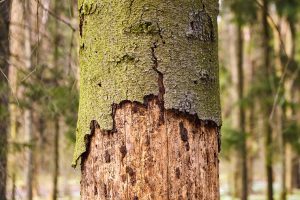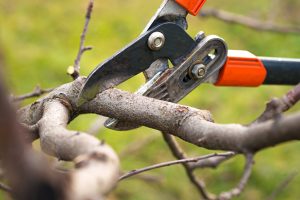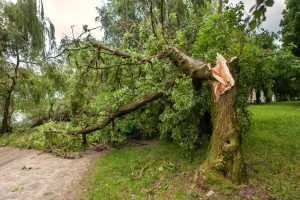Every homeowner wants their home to look so good that it makes their neighbors jealous. As a homeowner, you’ve probably done everything you can to ensure that is the case. Your front yard boasts lush flowerbeds, a verdant lawn, and a tiny forest of well-groomed, mature trees. You have located everything in and around your home in a way that produces the maximum aesthetic effect.
However, in recent days, you have noticed that your trees’ roots are growing closer to your driveway, main sewer line, or foundation, and are getting a bit worried. You have heard stories about roots encroaching on these things, causing expensive to repair damages and do not want to experience the same. Many people will utilise precision utility mapping GPR surveys to get a better idea of what to expect from the roots.
In this article, we are going to be looking at some of the signs that indicate that tree roots have started infiltrating your home’s structure and what you can do to remedy the problem.
What To Do When:
Tree Roots Start Invading Your Foundation
Roots will rarely cause any significant damage to concrete foundations. Nevertheless, there are times when tree roots will find their way through already existing cracks and slowly enlarge them. But, as long as you take good care of your foundation, chances are you won’t have any problems with tree roots.
However, it is worth noting that if the trees growing in your yard are particularly strong, there is a chance that you might end up seeing Mother Nature’s inescapable (albeit slow) fury be unleashed on your property. Here are some of the signs to look out for:
• Cracks on your foundation floor
• Shattered or cracked windows with no evidence of trauma
• Vertical cracks appearing in your foundation’s walls
• Buckling on the surface of your floor
• Uneven window and door frames
But as earlier mentioned, tree roots will rarely cause damage to a foundation. It is worth noting that things like erosion and other factors that disrupt soil integrity under a property could elicit the same signs. Therefore, consider investigating your trees’ roots before taking any actions. Dig around the area of your foundation that’s near to trees and check to see if any roots extend towards it before growing down. If there are any, then they could be the reason why you are having foundation problems.
Prevent further foundation damage with the following tips:
Install a root barrier around every plant when planting trees. Root barriers help ensure that the roots grow downwards and away from your plumbing, foundations, pavement, etc.
Cut off the offending root(s). However, be very cautious when using this approach. Some trees will wither, or even die when their root system is tampered with. Tree-trimming experts have the experience and tools needed to take care of such roots without causing harm to the tree. Install a root barrier and nurture the rest of the affected tree while it heals.
Cut down the tree and uproot as much of its root system as you can. Some trees will grow too extensively and quickly for you to control root growth aptly. To keep your home from being damaged by such trees, consider calling in a tree removal specialist and have them chop the tree(s) down for you. While trees play a crucial role in how your home looks, it makes no sense leaving one in its place if there’s a chance that it could damage your home.
When Roots Burrow Under Your Driveway or Sidewalk
Some property owners have trouble with roots, especially when they start growing under their patios, driveways, sidewalks, and any other shallow concrete structures. In such instances, they can cause dangerous problems.
When concrete starts to crack and buckle, pieces of it will begin to sticking up from the ground, creating tripping hazards. This could lead to the people using your driveway, sidewalk, or patio getting hurt. When that happens, a malicious person might file a personal injury lawsuit against you, and that is something that you do not want happening to you.
Look for some of these signs if you think one of your trees has disrupted your sidewalk or driveway:
– Bumps of earth or roots leading to cracks
– Cracks running across your sidewalk or driveway concrete
– Buckling in your concrete’s surface (your slabs are no longer sitting flush with each other)
To remedy such a situation, follow the same steps used for safeguarding your foundation:
– Install a root barrier before tree roots reach your concrete
– Cut overextending roots and install a root barrier to prevent the same from happening again
– Cut down nuisance trees and completely remove their root systems for a level surface
For more information, contact your local arborist. An arborist will help you determine which option between cutting down the entire tree or just the roots will work best for you.
When Roots Crack and Damage Your Plumbing
Tree roots tend to grow into plumbing because they’ve found a source of water either through a loose joint or hairline crack. In most cases, they will extend hair-like roots to your plumbing to access the nutrients and water they need. While the effects roots have on your structure when growing into your plumbing are hard to see, you’ll feel the consequences at a later time.
Common Signs of Roots-damaged Plumbing include:
- Slow-flowing drains that do not clear even after being flushed
- Changes in water pressure
- Clogged drains that do not clear with a drain cleaner, plunger, or any other treatment
In most cases, you don’t have to maim or kill your tree(s) if it grows into your plumbing or sewer system. In such cases, the best course of action is to call in a tree-trimming specialist and have them remove the portion of the root that grew into your plumbing and then calling in a plumber and have them replace or repair the pipe. When properly repaired and sealed, your plumbing will no longer attract tree roots.
Watch out for these signs and call a tree-trimming specialist as soon as you spot one or more of them. You will not be able to remedy the issue without enlisting professional assistance, especially if the damage has already been done. Have the tree-trimming specialist or arborist you hire help you with your trees before calling in your local construction or plumbing contractor for repairs.





